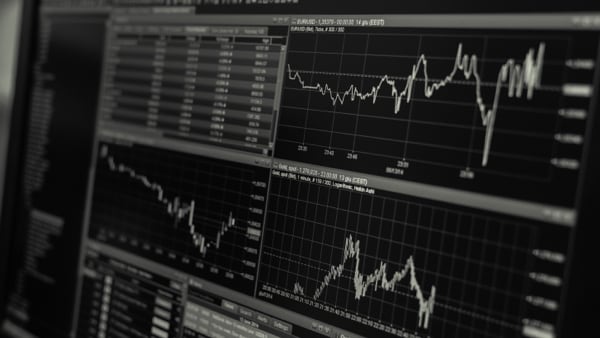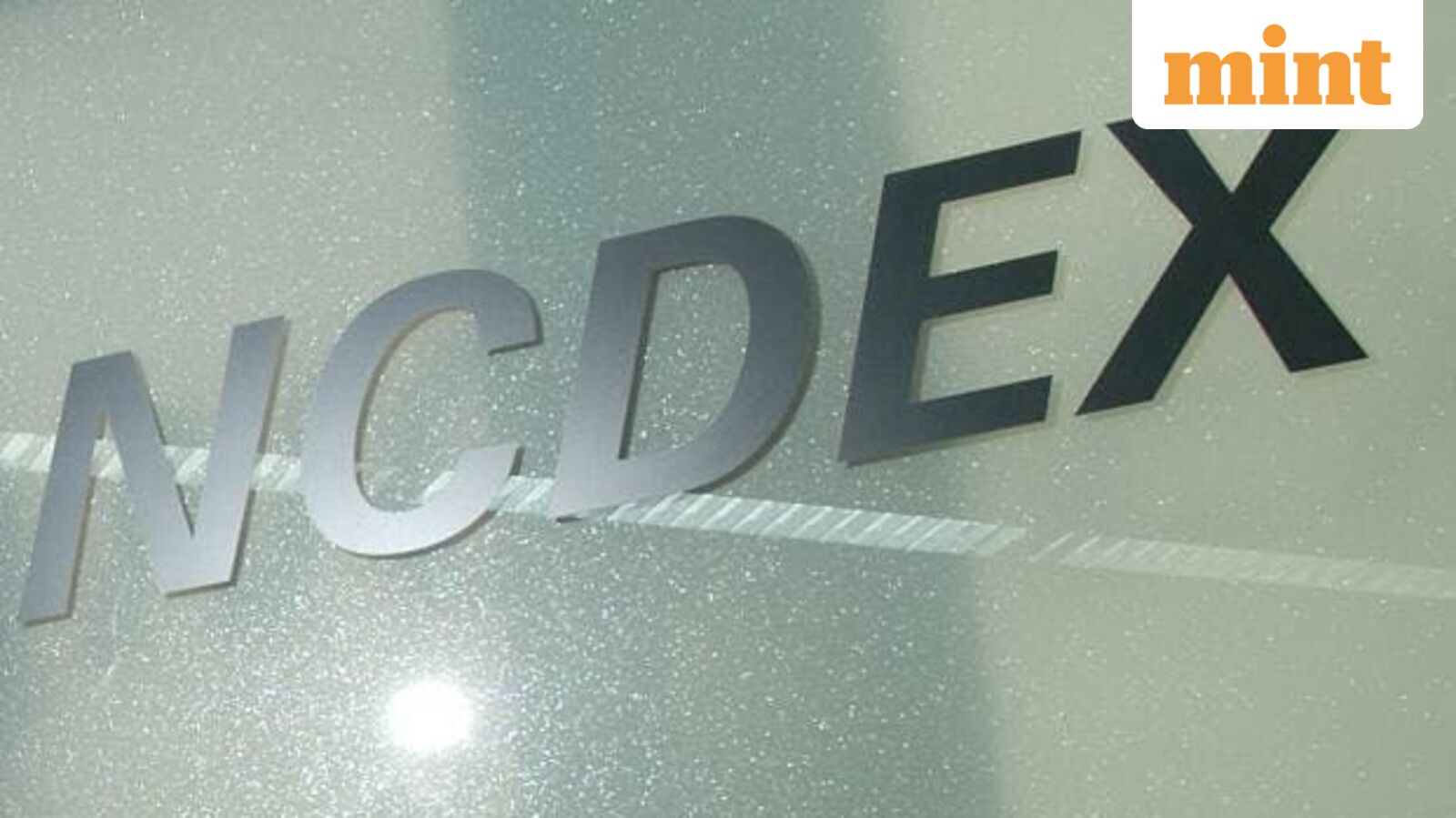
(Bloomberg) — Analysts from Barclays Plc to Citigroup Inc. are bullish on the Mexican peso in the short term, finding favor in the country’s positive trade relationship with the US and strong carry dynamics.
Barclays strategist Erick Martinez Magana said the currency could deliver around a 3.5% total return in the last three months of the year. The bank’s forecast on Sept. 23 targets a peso at 18 per dollar by year-end, a level of strength last seen in July 2024, from current levels of about 18.32 per dollar.
“This puts us at the more bullish end of the spectrum,” Martinez said in an interview. The Federal Reserve is easing monetary policy and there are some signs US economic growth still resilient, which creates a “quite constructive” backdrop for high-carry currencies like the peso, he said. Mexico’s relatively high interest rates make its currency an attractive option to buy and execute the popular carry trade, where investors borrow in a low-yielding asset to invest in a higher-yielding one.
Since US President Donald Trump kicked off a global trade war on April 2, the peso has handed investors a nearly 10% return, putting it among the top performers in emerging markets. But analysts see shifts in global trade dynamics giving the currency more room to gain.
Recent data shows the value of Mexico’s exports to the US hit $45.4 billion in July, up 8% year-over-year. And thanks to the USMCA trade pact, Mexico’s effective tariff rate is around 5%, lower than that of many other major US trade partners, according to a Deutsche Bank AG note.
From January to early April, “we were not bullish the peso,” Deutsche Bank strategist Carlos Munoz-Carcamo said in an interview. “Now six, seven months later, we’re starting to see that Mexico has been a beneficiary of this new trade order.”
Plus, a weakening dollar has broadly boosted developing market assets this year, and that could continue in the fourth quarter, according to Ivan Riveros, a Citigroup strategist in New York.
“One would think the dollar bottom would be roughly a month ahead of where we are now,” said Riveros, who’s recommending clients buy the peso against the greenback. We “may not be far from reaching new lower levels.”
However, USMCA renegotiations are expected to start next year, and trade-related fissures may close the window for peso strength in the medium-term, Barclays said. A more intense slowdown in the US labor market, which could further dampen the flow of remittances to Mexico, is another risk.
“We are expecting a weaker currency in the second half of next year,” said Martinez at Barclays, which pegs the peso at around 18.5 or 19 per dollar in the back half of 2026. “We think that all the noise around the trade agreement will come back.”
More stories like this are available on bloomberg.com





